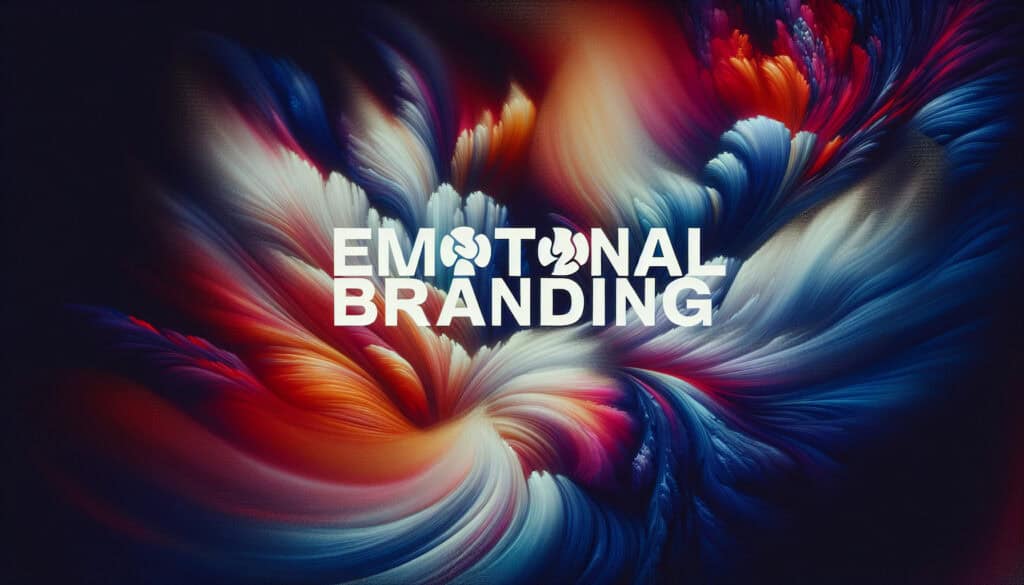To create a strong, emotional connection between consumers and a brand.
- Methodologies: Customers & Marketing, Economics
Emotional Branding

Emotional Branding
- Brand Positioning, Branding Strategies, Customer Experience, Customer Journey Mapping, Marketing, Marketing Strategy, Product Branding, Product Differentiation, Value Proposition
Objective:
How it’s used:
- Uses storytelling, brand personality, and marketing campaigns that appeal to the consumer's emotions and values, rather than just focusing on product features. This builds loyalty and a sense of belonging.
Pros
- Builds strong customer loyalty and advocacy; Can command premium pricing.
Cons
- Can be difficult to execute authentically; May not be suitable for all product categories.
Categories:
- Customers & Marketing, Product Design
Best for:
- Building a loyal customer base for consumer products where brand identity is a key differentiator.
Emotional Branding thrives in various settings, especially in sectors like consumer electronics, automotive industries, and fashion, where product differentiation is challenging. In these markets, companies such as Apple and Nike have effectively leveraged this methodology to create compelling narratives around their products that resonate deeply with consumers’ aspirations and identities. For example, Apple utilizes a storytelling approach that portrays innovation and creativity, making users feel as though they are part of a larger movement, while Nike focuses on empowerment and athletic achievement, appealing to individuals’ desires for self-improvement and belonging to a community. This methodology can be integrated during the initial phases of product development and marketing strategies, allowing designers, marketers, and brand strategists to collaborate closely and analyze how emotional connections can be built through design choices and messaging. Participants in this initiative may range from brand managers to graphic designers, ensuring that every aspect of the brand’s touchpoints aligns with the desired emotional narrative. In executing such campaigns, brands can cultivate a loyal customer base that is often willing to pay a premium, reflecting a deep-seated connection that cannot be easily replicated by competitors. The emphasis on aligning the brand’s personality with target consumers’ values not only enhances customer retention but also encourages word-of-mouth advocacy, making it a powerful tool in both establishing and maintaining market relevance.
Key steps of this methodology
- Define brand archetype and personality.
- Create a compelling brand narrative that resonates emotionally.
- Design visual elements that embody brand identity.
- Develop messaging that aligns with consumer values and emotions.
- Implement multi-channel marketing campaigns that utilize storytelling.
- Engage consumers through interactive and participatory experiences.
- Incorporate customer feedback into brand evolution.
- Build community around the brand to enhance connection.
- Consistently reinforce emotional touchpoints in all communications.
Pro Tips
- Integrate customer stories into your brand's narrative to create authentic connections, making consumers feel part of a larger community.
- Develop a distinctive brand voice and personality that consistently reflects your core values across all marketing channels, reinforcing emotional engagement.
- Utilize sensory marketing tactics, such as tailored visuals and sounds, to evoke emotions that resonate deeply with targeted consumer segments.
To read and compare several methodologies, we recommend the
> Extensive Methodologies Repository <
together with the 400+ other methodologies.
Your comments on this methodology or additional info are welcome on the comment section below ↓ , so as any engineering-related ideas or links.
Historical Context
1960
1980
1983
1990
1995
2000
2010
1950
1980
1980
1986
1994
1995
2000
(if date is unknown or not relevant, e.g. "fluid mechanics", a rounded estimation of its notable emergence is provided)














Related Posts
METS to Calories Calculator
Meta-Analysis
Message Mapping
Mental Model Diagrams
Maximum Acceptable Pushing and Pulling Forces
Material Requirements Planning (MRP)